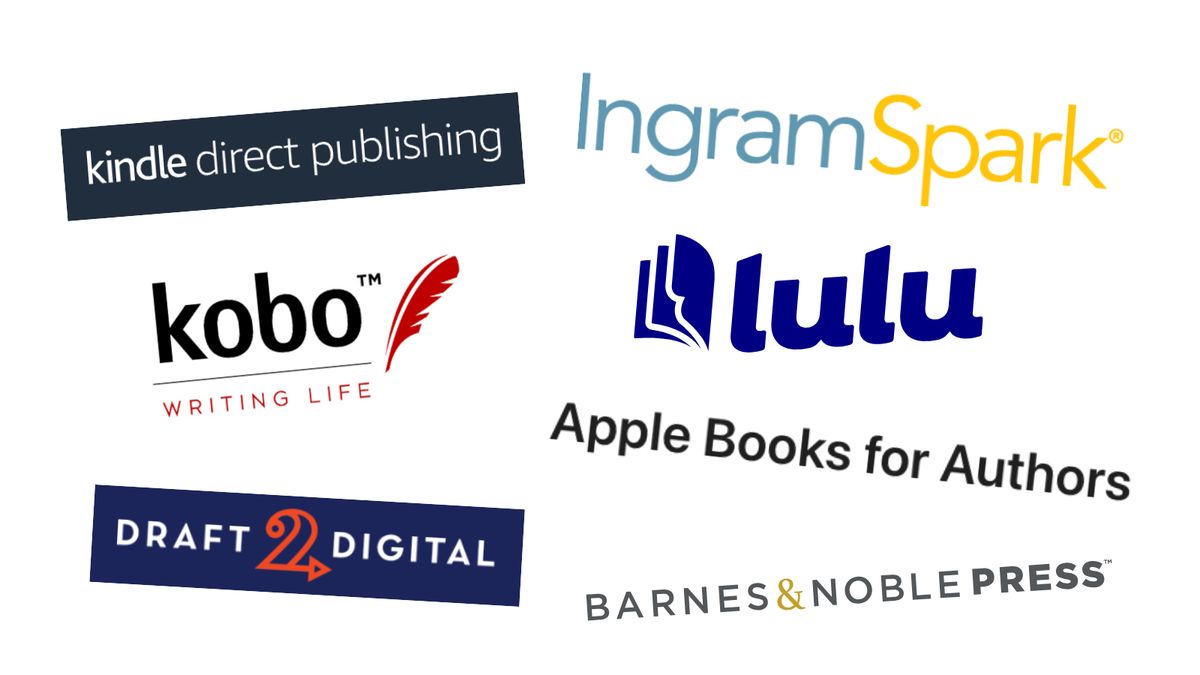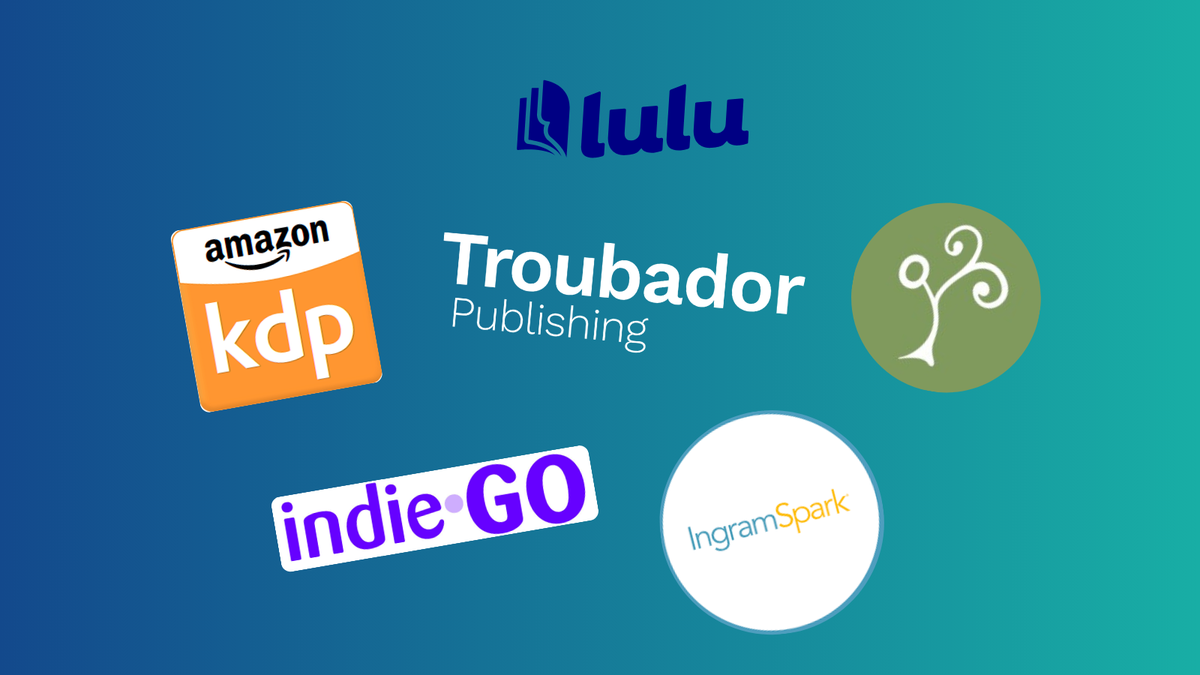
3rd July, 2025
7 min read
The Ultimate Guide on How to Self-Publish a Book Professionally
Written by:
Alex Thompson
Self-publishing has transformed the way authors bring their books to life. No longer reliant on traditional publishing gatekeepers, writers now have the freedom to take control of publishing their work. But while self-publishing offers independence, it also comes with the responsibility of doing things right.
There’s a big difference between simply uploading a file to an online platform and publishing a book professionally. Amateur self-publishing often skips key steps, such as editing, design, and marketing, leading to poor-quality results that are unlikely to resonate with readers. Professional self-publishing, on the other hand, treats the book like a product: well-edited, beautifully designed, carefully positioned and backed by a clear plan to reach the right audience.
This guide is designed for aspiring authors, first-time self-publishers and anyone seeking to publish a high-quality book that rivals traditionally published titles. Whether you're writing fiction, nonfiction, memoir, or children’s books, we’ll walk you through the entire process.
Write a high-quality manuscript
The foundation of a successful self-published book is a strong manuscript. Start by writing with your reader in mind. Understand the conventions of your genre and what your audience expects. Once your first draft is complete, revise thoroughly. Don’t be afraid to rewrite, restructure, or cut.
Share your work with trusted beta readers or critique partners to gain valuable feedback. Their insights can highlight plot holes, pacing issues, or unclear passages. A manuscript is ready for the next stage - editing - when you've revised it multiple times, received constructive feedback, and feel confident it represents your story and voice at its best. Quality begins here.
Professional editing
This is crucial for producing a polished and credible book. There are three key types of editing: developmental editing, which examines structure, plot, pacing, and overall content; copyediting, which focuses on grammar, style, and consistency; and proofreading, which provides the final polish for catching typos and formatting errors. Each stage improves your manuscript differently.
Working with an experienced editor brings a fresh, objective perspective to your work - one that enhances clarity and readability while respecting your voice. Professional editing signals to readers and reviewers that your book is worth their time, helping it stand out in a crowded market.
ISBNs, copyright, and legals
ISBNs (International Standard Book Numbers) are unique identifiers that help retailers, libraries, and distributors track and sell your book. Each format (i.e. paperback, ebook, or hardback) needs its own ISBN. Authors cna choose to own their own ISBNs or use that of a publisher. If you choose to use your own, be sure that you are aware of your obligations - an author who publishes a book using an ISBN they own is required to comply with a wide range of legislation, including the General Product Safety Regulation. You can read more about ISBNs here.
Copyright protects your work as the author, and in many regions (like the UK), it's automatic upon creation, but registering it can provide extra legal proof if needed. It’s also vital to ensure your content is legally sound: avoid plagiarism, and get permission for any images, lyrics, or extended quotes used. Addressing these legal essentials protects both you and your book.
Design and layout
Professional book design is essential for creating a strong first impression. Your cover is often the first thing a reader sees, and a professionally designed cover signals quality, genre, and tone, making readers more likely to pick up your book. Inside, the layout and typesetting must be professional, consistent and easy on the eyes to ensure a smooth reading experience.
Poor font choices, awkward spacing, and inconsistent formatting can distract readers or give the impression that a book is amateurish. Many first-time self-publishers underestimate the importance of design; however, a well-crafted cover and interior layout are crucial to presenting your book credibly and serve as a differentiator for readers browsing for their next read.
Choosing how to publish
If you want your book to stand alongside professionally published titles, then professional support throughout the publishing process is essential. Authors who collaborate with professionals on their projects benefit from expert assistance at every stage, from editing and design to selecting the optimal publishing formats and distribution channels. Authors, especially those publishing their debut book, are unlikely to be familiar with the intricacies of a complex industry, and they certainly will not be able to execute every part of the process themselves. What’s more, wholesalers and retailers are very unlikely to deal directly with authors, so authors wanting to have their books distributed into bookshops will need to consider professional help in doing so.
One key decision is whether to publish in digital-only or both print and digital formats. Each format offers different opportunities for reaching readers. You’ll also need to decide between print-on-demand, which is cost-effective and flexible, or a traditional print run, which allows you to supply bookshops and events more easily.
Navigating these options can be overwhelming alone, but with professional guidance, you can make informed choices that maximise your book’s quality, visibility, and sales potential. Self-publishing professionally means treating your book like the product it is and that starts with bringing in the right expertise.
Pricing and distribution strategy
If you want your book on bookshop shelves, careful planning around pricing and distribution is vital. Unlike digital-only releases, physical books require stock to be printed in advance of publication to meet demand. Competitive pricing helps attract both retailers and readers, while setting appropriate trade discounts and offering returnability encourages bookstores to stock your book without excessive risk.
Equally important is distributing accurate, professional metadata (details about your book, such as title, author bio, keywords and categories) to retailers, wholesalers and libraries promptly. Partnering with a reputable publisher, like Troubador, who already has established relationships with major retailers such as Waterstones and Amazon, can open doors that might otherwise be difficult to access. This professional support ensures your book gets the visibility and availability it deserves in the marketplace.
Marketing and promotion
Successful book marketing begins long before your launch day. Building a strong author platform, which may include a professional website, an active social media presence, and an engaging newsletter, creates a solid foundation for connecting with readers and promoting your work effectively. Pre-launch marketing tactics like distributing Advance Reader Copies (ARCs) for early reviews, hosting blog tours, and organising cover reveals generate excitement and build momentum.
Once your book is published, sustained efforts are crucial. Professional publicity campaigns, which target media outreach, interviews, and book events, can raise your profile and attract new readers. Supplementary marketing, such as targeted online advertising on platforms like Facebook and Amazon, helps reach specific audiences, while regular email marketing nurtures your growing community. Trade marketing to bookshops can further increase your book’s visibility. A professional, coordinated approach to marketing ensures your book reaches its full potential and stands out in a crowded market.
Budgeting and managing costs
Budgeting is a crucial part of professional self-publishing success. Authors who choose to work with professionals on some or all aspects of their project should expect a financial commitment. Alternatively, those who prefer to handle certain elements themselves should be prepared to invest a significant amount of time instead. Typical costs include editing, cover design, formatting, ISBNs, marketing, distribution fees and digital versions of the book.
While you can save money by leveraging social media or DIY author platforms for marketing, never compromise on the core quality of your book. Most importantly, set realistic expectations: some books earn quickly, but most require ongoing promotion and patience to recoup costs and generate profit. Careful planning maximises your investment.
We always advise authors to research and total their expected expenses before starting. This helps establish a realistic budget, highlights areas where compromises might be needed, or reveals extra funds that can be allocated. Shop around and request detailed quotes from publishers or service providers before making a commitment. For guidance on Troubador’s pricing, visit our pricing page to see examples of what authors may expect to spend with us.
Common mistakes to avoid
We see authors make mistakes a lot, and it can be the difference between a successful publication or an unsuccessful one. The most common mistakes we see are:
- Rushing the process: Skipping vital steps like editing, design, and proofreading or choosing to publish via the first tool or service you come across, can lead to a lower-quality book that fails to engage readers or a published book that will not have a good chance at meeting your goals.
- Doing everything yourself: Taking on every task without professional support often results in burnout and compromises quality. Authors who admit where they are weakest and seek help to rectify that gap are often the most successful.
- Ignoring metadata: Good quality metadata is absolutely vital to a book’s discoverability and appeal to both retailer buyers and readers alike. Neglecting professionally created book information limits discoverability on retailer platforms and reduces sales potential.
- Not planning a distribution strategy: Without a clear plan for how and where your book will be sold, you risk missing key sales opportunities. Start with where you want your books to be available, and work backwards to ensure that your chosen route to publication gives you the best chance possible of the book being available there.
- Aiming for bookshop stocking with print-on-demand only: Print-on-demand is rarely suitable for securing traditional bookshop stock, which usually requires advance printed stock and reliable supply chains. If you are an author wanting to see your book on bookshop shelves, you will likely need professional help to do so.
Ready to publish professionally?
Professional self-publishing is entirely within your reach. By committing to each step with care and attention, you can produce a book that stands proudly alongside traditionally published titles. Success doesn’t come from shortcuts but from thoughtful planning, quality work, and persistence throughout the process.
If you’re ready to take your manuscript to the next level, remember that support is available. Whether through trusted resources or expert services, you don’t have to go it alone. Explore further guidance or reach out for professional help to ensure your self-publishing journey is as smooth and rewarding as possible. Your book deserves nothing less.












